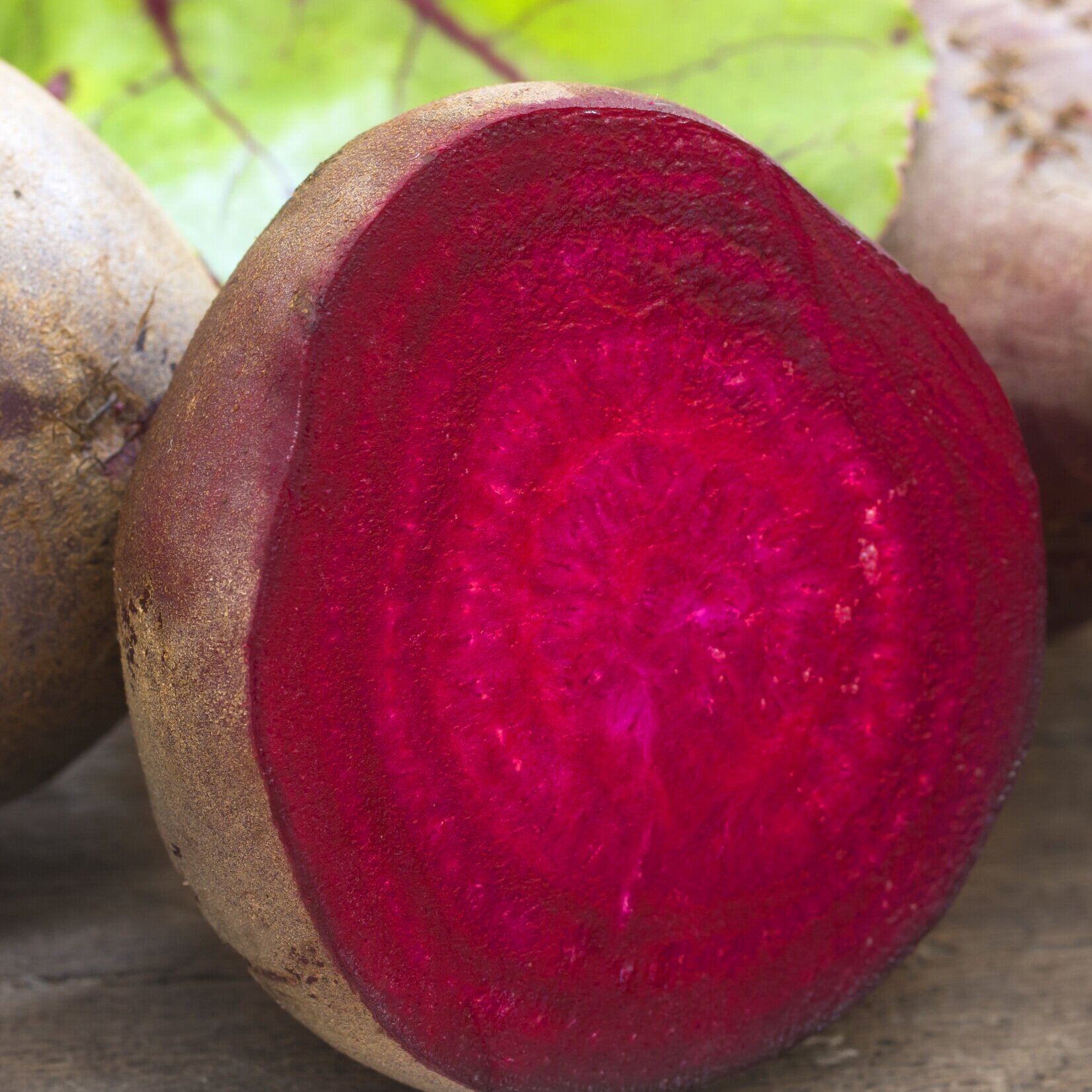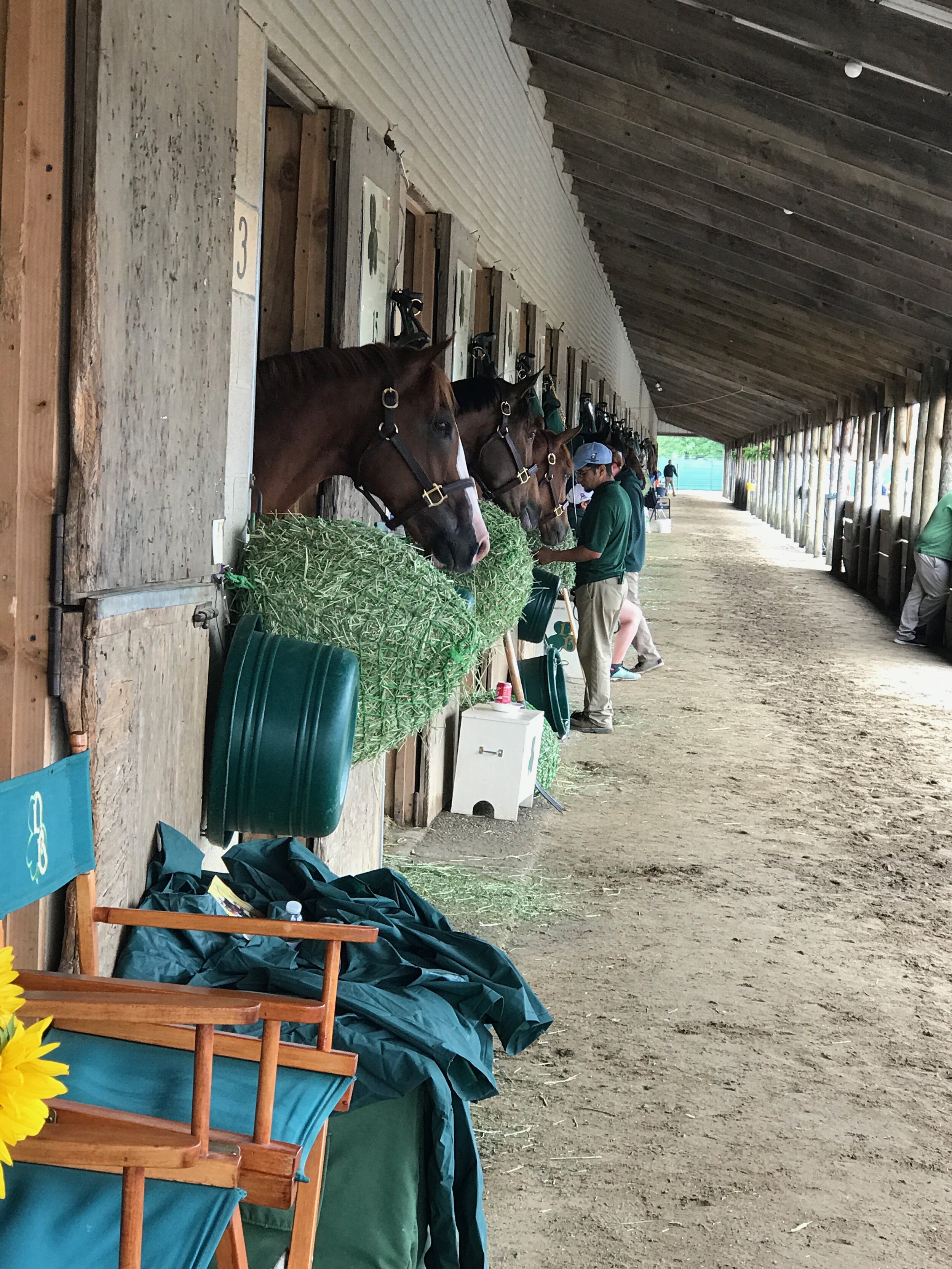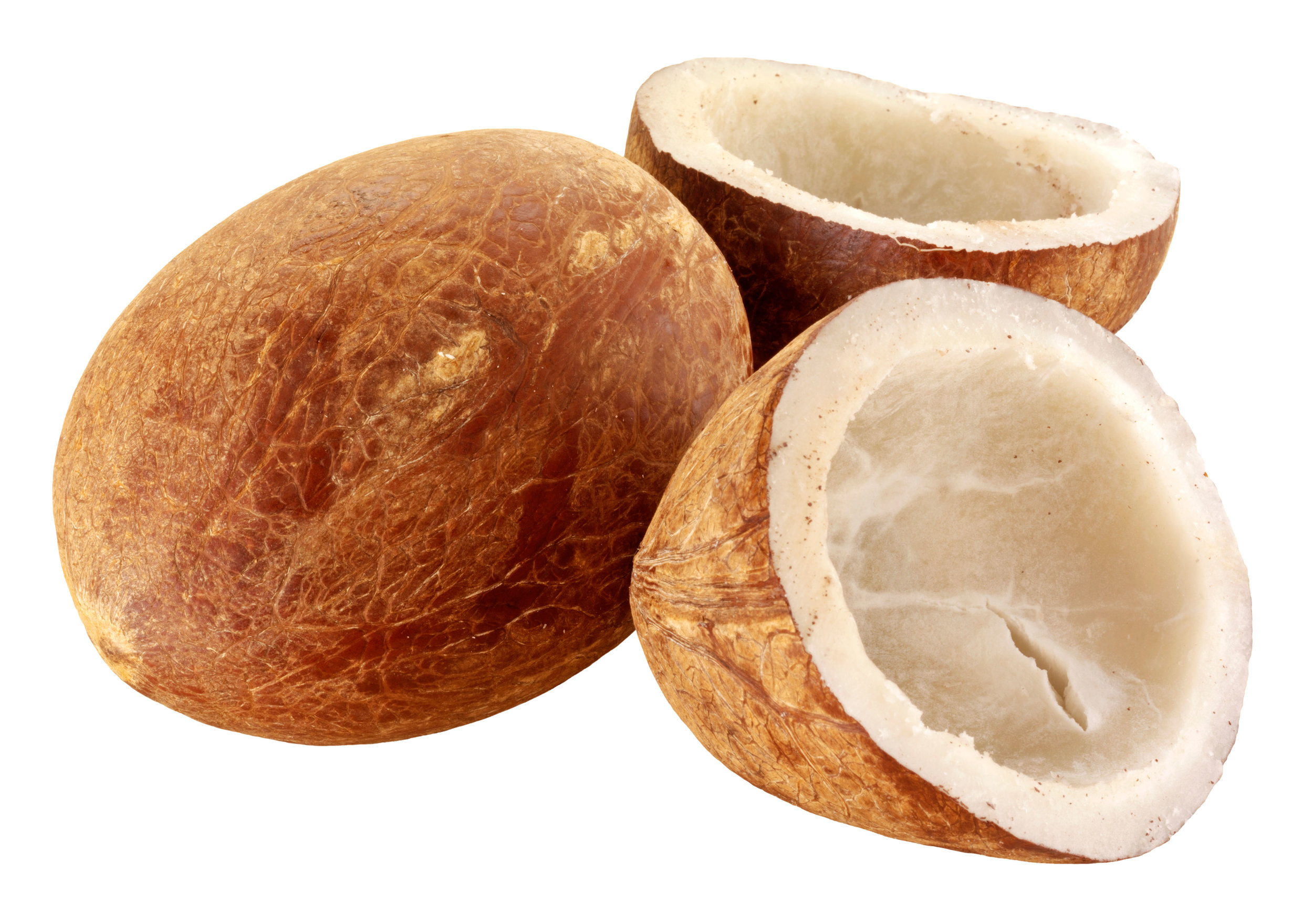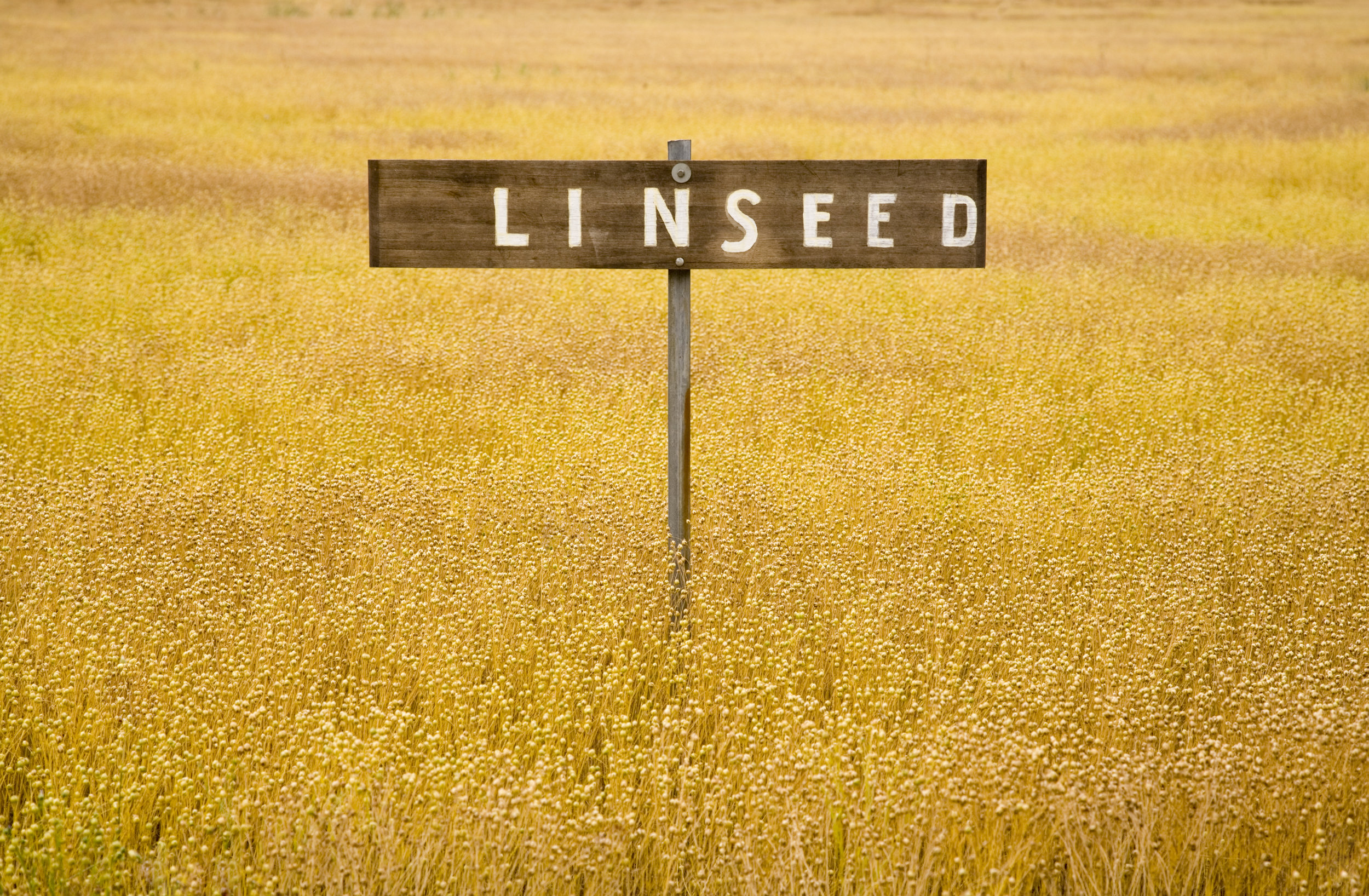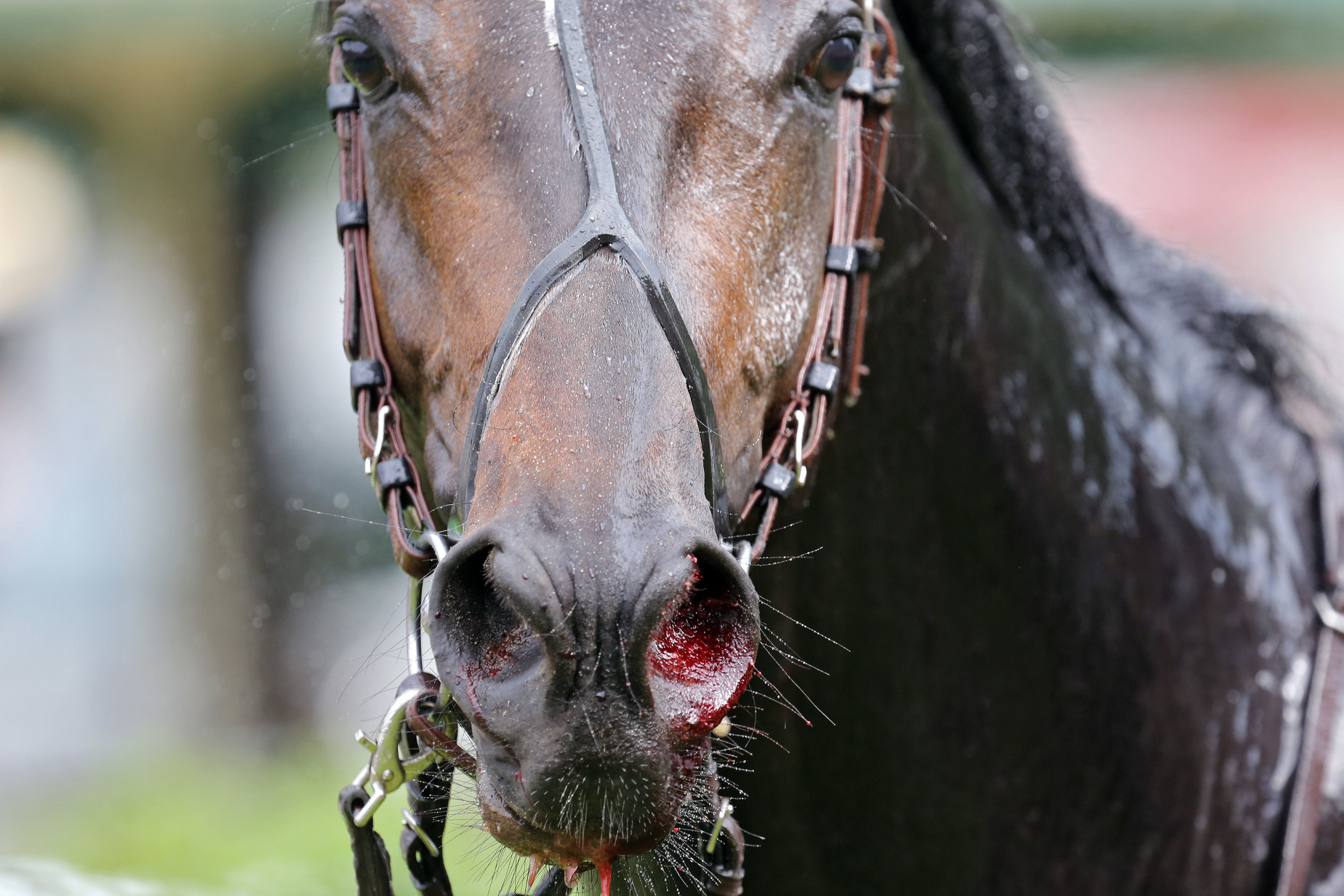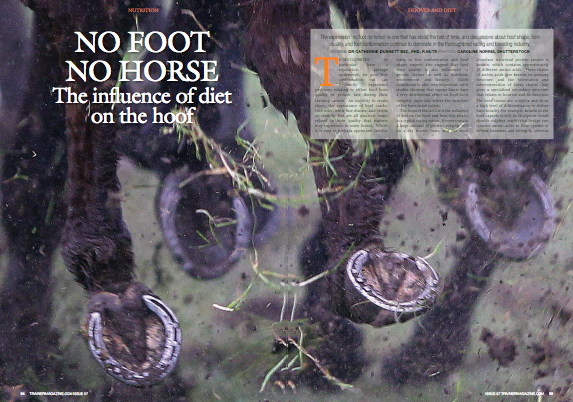Starch v fibre intake. Balancing different carbohydrate sources against changing requirements of fitness, injury and recovery
/By Catherine Rudenko
Carbohydrates are by far the largest component of any horse’s diet, typically two thirds by weight, yet we often focus more on other nutrients, such as protein—which in comparison forms only a small portion of the total diet at around 8-13%. Carbohydrates, specifically the balance between differing carbohydrate sources, influences three key areas relating to performance.
The choice of carbohydrate influences the type of energy available, providing varying proportions of ‘fast release’ or ‘slow release’ energy. The type of carbohydrate chosen also impacts behaviour, increasing or decreasing risk of excitability and certain stereotypical behaviours. Last, but by no means least, the choice of carbohydrate and the way in which it is fed impacts digestive health and the ability of the digestive system to convert food to ‘fuel’ for the body.
Getting the balance right between the different types of carbohydrates is important for getting the right results when having to adjust the intensity of training, when resting a horse and when working back up through the stages of fitness.
What are carbohydrates?
There are different ways of classifying or grouping carbohydrates, depending on whether you take things from the plant’s point of view or that of the digestive anatomy of the horse. Working with the horse in mind, carbohydrates are best classified by the section of the digestive system that they are processed in—either the small intestine or large intestine. The site of digestion determines the type of energy provided, often referred to as fast releasing for the small intestine and ‘slow releasing’ for the large intestine. The group of carbohydrates, known as hydrolysable carbohydrates, are the group behind the description of fast releasing, whilst the group known as fermentable carbohydrates are those forming the ‘slow releasing’ category. Within the fermentable group, there are three sub groups of rapid, medium and slow.
What are carbohydrates made of?
There are many types of carbohydrates in the horse’s diet, ranging from simple sugars to more complex structures. They are defined by their degree of polymerisation, which refers to the way in which sugar units are joined together. How a carbohydrate is formed and the type of link present are important as they determine if digestion is possible in the small intestine or whether fermentation in the large intestine is required. This influences the type of energy available.
For horses in training, the type of carbohydrate of particular interest is the polysaccharide group which includes starch, cellulose, hemicellulose and fructans amongst others. Starch is found in significant quantities in hard feeds, whilst cellulose and hemicellulose, amongst other fermentable carbohydrates are abundant in forages. Pasture is a source of fructans, which can change rapidly depending on growing conditions and daylight hours.
Structure
Single sugars, also called simple sugars, comprise one unit only. They are categorised as monosaccharides—the most commonly known being glucose. For horses in training this is a highly valuable sugar as it is the main ‘fuel’ for muscles. Glucose forms the basis of many of the more complex structures of interest to horses in training.
When two sugars join together, they are known as a disaccharide—the best known being lactose which is found in mare’s milk. Oligosaccharides refer to more complex structures where more units are joined together—a common example being fructo-oligosaccharide (FOS) which many horses in training are specifically fed as a prebiotic to support digestive function.
Type of Carbohydrate
Polysaccharides, our group of particular interest, are significantly more complex chains that are branched and are not so easily digested as the simple sugars. The branched nature of polysaccharides, such as starch and cellulose, are the result of links between chains of sugars. The type of link present determines whether or not it will be possible for the horse to digest this form of carbohydrate in the small intestine or not.
Starch
Starch is the primary carbohydrate of interest in our hard feeds. It is a hydrolysable carbohydrate, which can be digested in the small intestine, releasing glucose into the bloodstream. For horses in training this is the most important fast release energy source. Starch is found in all plants, with the highest quantities seen in cereals such as oats, barley and maize.
Composition of cereals commonly used in racing feeds
Starch is made up of two types of sugar chains: amylose and amylopectin, which are formed from glucose units. Amylose itself is easily digested, however amylopectin has a different type of bond connecting each branch, which the enzymes of the small intestine cannot break down. Feed processing, which changes the structure of starch and breaks apart the previously indigestible bonds, is therefore a key factor in ensuring that when starch is fed that the maximum amount of glucose is derived.
Amylose and Amylopectin
Feed processing comes in many forms, from simply crushing or rolling the grain to cooking techniques including micronizing, steam flaking, pelleting or extruding. The amount of processing required for what is deemed efficient digestion differs by grain type. Oats have a natural advantage within the cereal group as they can be fed whole, although processing can still improve digestion. Barley, wheat and maize cannot be fed whole or simply rolled. They require cooking to ensure that starch becomes available, and the impact of cooking processes is much greater for these grains.
The availability of starch is assessed through the amount of glucose released into the blood after feeding. The study below shows the effect of steam cooking maize (corn) compared to two processes that simply change the physical appearance, cracking or grinding. Steam-flaked maize is more available as shown by the greater glucose response.
Starch is a fast release energy source, being digested in the small intestine, and the term can easily be misunderstood. It does not mean that the horse will suddenly run at top speed nor appear to be fuelled by ‘rocket fuel’. The word ‘fast’ relates to the relatively short time it takes for digestion to occur and glucose to be available. …




























